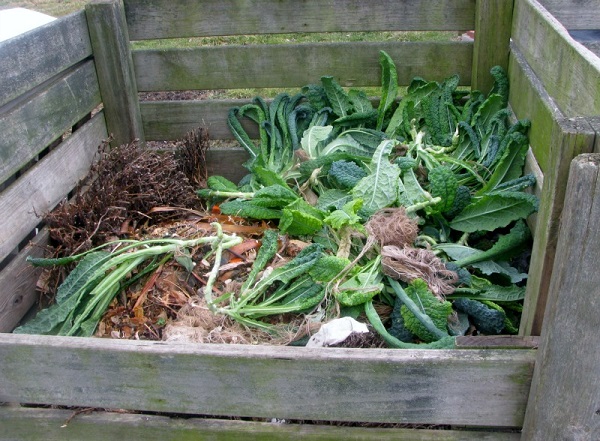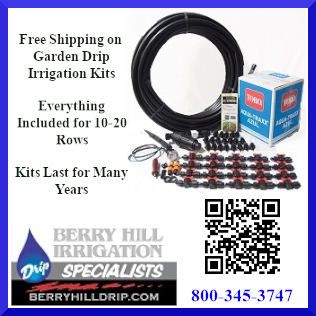
Composting is a great way to help preserve the environment while creating fertilizer for your garden and lawn. Having collection services haul your green waste away to a dump site uses up energy resources and contributes to pollution.
Homemade compost bins provide an easy and inexpensive way of recycling your kitchen waste. Making your own compost bin will also save you additional money and help in recycling used stuff around your home.
Homemade compost bins are fairly easy to construct, and they do not require any fancy parts or tools. There are a few things to remember when designing and building homemade compost bins:
Air Circulation
Vegetative waste requires air to compost efficiently. You probably do not want to use anaerobic composting, which does not require oxygen. Therefore, you need to ensure that there are air holes or other vents that will allow circulation into your bin.
Portability
You may decide that you want a compost bin that you can easily move around from place to place. This can also be advantageous when it comes time to lay out the compost.
Cover
You can decide to make either a covered or an uncovered bin. An uncovered bin could attract foraging wild animals along with pets.
3 Tips to Develop an Efficient Composting Pile
- Add waste that is high in nitrogen including grass clippings and manure.
- Add carbon-rich waste in smaller amounts including items made of paper. If you add shredded newspaper, make sure that the ink is non-toxic and biodegradable. Paper, straw, and similar material can help generate higher heat in your bin that will lead to a faster rate of decomposition.
- Add worms or grubs to the bin to aid in the process. Not only will they help break things down faster, but their waste products add additional nutrients to the compost. In many cases, you might not even need to add these insects as they will find their own way into your bin.
The Importance of Moisture
Depending on the type of waste you add to the bin, you may or may not need to add extra moisture. However, if you live in a hot, dry region, you should check the bin periodically to see if it needs some additional watering. Dry waste will not compost efficiently, and your pile will become very large quickly. One trick is to dump your kitchen waste before it dries out to contribute as much moisture as possible to the compost pile.
If your compost has sufficient moisture, oxygen, and nutrients, it will decompose quickly and even if you are dumping large amounts of waste the volume in the bin should be easy to control. If you find the bin overflowing, you may want to add extra moisture. Another trick is to use separate mulch bins for garden waste like leaves or twigs that can take a longer time to break down.
7 Ideas for Constructing Your Own Compost Bin
Old Trash Bin
One of the easiest items to recycle into a compost bin is an old, wheeled trash bin. You can easily move these around and dump the compost whenever it is ready for distribution. The bin will already have a cover to keep critters out, so all you will need to do is add air holes for ventilation.
Rotating Barrel Composter
A rotating barrel is a good idea because it allows you to mix new waste easily and thoroughly with the already composting material. This mixing will speed up the decomposition process. Simply use an old food grade drum mounted on a wooden frame with a metal axle going through the center. Cut out an opening for a “door” in the side of the barrel for adding and removing compost.
Wire Composting Bin
You can use chicken wire or wire mesh to make a simple and inexpensive compost bin. The easiest method is just to take a long section of wire, wrap it around and connect the ends to form a “tube” shape. You can fit the tube of wire around three or four metal posts. You could also set up four metal or wood posts and attach the wire mesh to create a rectangular composting bin. Use wire ties and pliers to attach the chicken wire or wire mesh to the posts. The top can be left open for easy access, or a cover made of wire, wood or other material can be created.
Cinder Block Compost Bin
Stack up old cinder blocks to create a sturdy composting area. Walls should be established on three sides and the front should be left open for easy access to the pile. The walls should be about two to four feet high depending on the amount of kitchen and yard waste you generate. Cinder block will last for a long time, and you will not have to worry about the bin getting blown over by the wind. If you want to prevent access to pets and wild animals, use a tarp, sackcloth or similar material to create an easy-to-remove cover. Make sure that the cover will allow air to reach the composting waste.
Wood Pallet Compost Bin
Old wood pallets are easy to find for recycling. Simply take three or four pallets and stand them on their sides to create an open bin or a gated bin. Attach the pallets together with wire, nails, or screws to form a box-like shape. If you want a gate, add a hinge and latch to the fourth pallet for easy opening and closing.
Wheelbarrow Compost Bin
Use an old wheelbarrow to compost your kitchen and garden waste. If you have an old barrel with holes in it, there is no need to worry as the holes will provide for air circulation. If the wheels are still serviceable, you can use the wheelbarrow to distribute the compost when it is ready. Use a sack or tarp to cover the pile if you want to prevent animals or pets from scavenging for snacks.
Open Compost Pile
For this one, you do not really need to build anything to compost your yard and kitchen waste. You can simply create an open composting pile anywhere in your yard. Alternatively, you can dig a pit to keep the compost more out of sight. The only problem here is that the pets and animals will have easy access to the waste. In one way, it is not such a bad idea to have pets urinating into the compost as this adds extra nitrogen from their urea. However, if you would prefer to avoid this, you can use a tarp or sack cover for your composting pile. This will also help prevent the compost from blowing around when there are strong winds. Make sure that the cover can “breathe” to allow oxygen to reach the decomposing material.
Mike McGroarty is the owner of McGroarty Enterprises and the author of several books. You can visit his website at Freeplants.com and read his blog at Mikesbackyardnursery.com.
Related Articles & Free Email Newsletter Sign Up
A Home Composting Guide for Beginners
How to Create High Quality Compost in Less Than 5 Weeks



Comment here